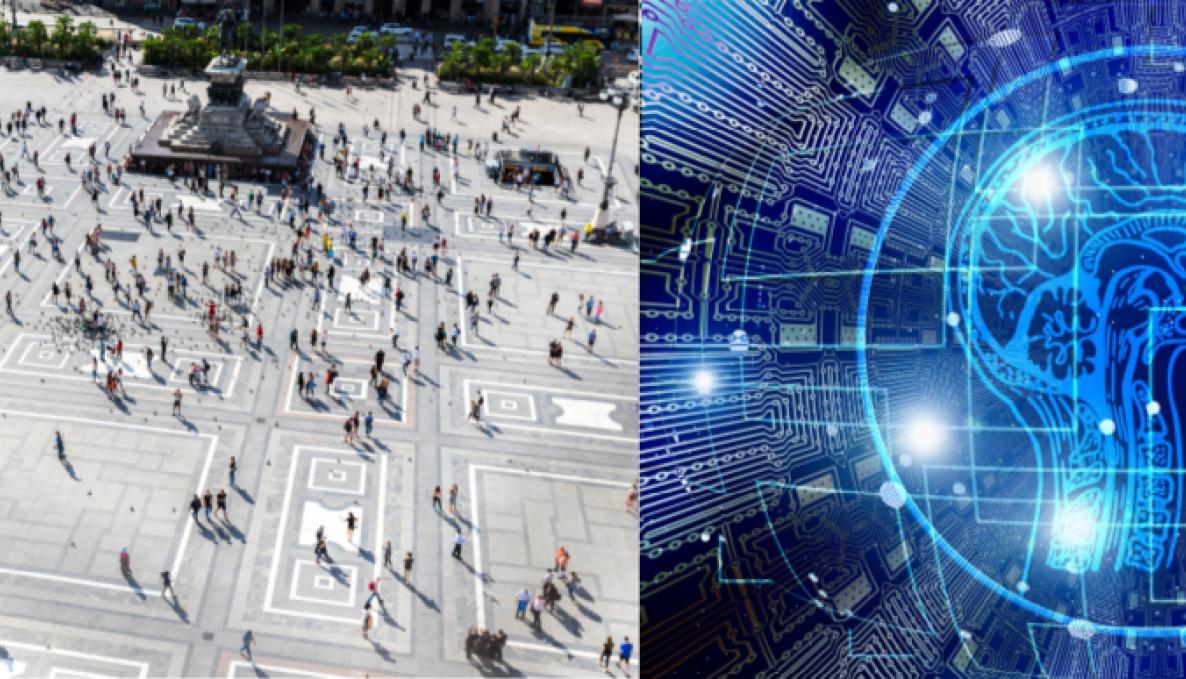Far from the Madding Crowd: Collective Wisdom in Prediction Markets

In the article “Far from the Madding Crowd: Collective Wisdom in Prediction Markets”, which will appear in the Special Issue on AI and Machine Learning in Finance of the Journal Quantitative Finance, EMbeDS researchers Giulio Bottazzi and Daniele Giachini study the asymptotic properties of prices emerging from a repeated prediction market model.
The motivating idea is that of a "Wisdom of Crowds" effect: the price can provide accurate predictions about uncertain events, aggregating the beliefs of individuals who take decisions independently. Figure 1 shows an example of such an emerging effect. Even if agent 1 and 2 assign heterogeneous and incorrect probabilities (π1 and π2) to the realization of an event, the market price resulting from their repeated betting approaches the true and unknown probability π*.
This emerging property has attracted the interest of computer scientists. In particular, Barbu and Lay in “An introduction to artificial prediction markets for classification” (Journal of Machine Learning Research 13 ,2012, 2177–2204) build an artificial prediction market in which each agent is a different probabilistic classifier coming from the machine learning literature. They claim that the aggregate predictor provided by the price acts as a maximum likelihood estimator and can outperform well-known machine learning algorithms (like random forest and adaboost) in classification problems.
Bottazzi and Giachini prove that, apart from some non-generic situations, prices do not converge to true probabilities -- and are not always closer to the truth than the beliefs of all surviving agents. This implies that, in general, prediction market prices are not maximum likelihood estimators of the true probabilities. However, the average price emerging from a prediction market either approximates the true probability with lower information loss than any individual belief or, in the worst case scenario, matches the best individual prediction model. This last result indicates that artificial prediction markets in which different models compete can be seen as powerful aggregation or selection tools, able to enhance the forecasting power of standard statistical, econometric, and machine learning procedures.

Fig. 1: Prediction market price over 3000 market rounds. π* is the probability of the uncertain event, π1 is the prediction (belief) of agent 1 about such probability, while π2 is the prediction (belief) of agent 2.



